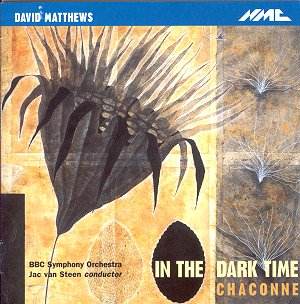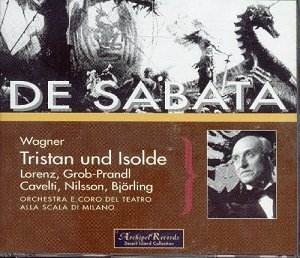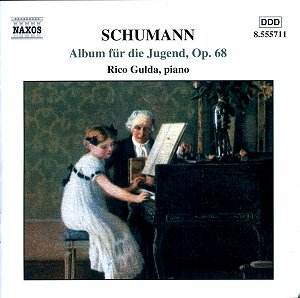 Composer: Gerhard Brunzema
Composer: Gerhard Brunzema
Works: Johann Gottfried Walther: Chorale Preludes; Ernst Pepping: Selections from Kleines Orgelbuch; Johann Sebastian Bach: Chorale Preludes
Performers: Thomas Donahue (Organ)
Recording: Blessed Sacrament Parish, Kitchener, Ontario, Canada, March 1996
Label: Calcante Recordings CAL CD021
Gerhard Brunzema’s organ, housed in the Blessed Sacrament Parish, serves as the focal point for a compelling collection of German chorale preludes, performed by Thomas Donahue. The repertoire, spanning the works of Johann Gottfried Walther, Ernst Pepping, and Johann Sebastian Bach, not only showcases the organ’s tonal resources but also invites a thoughtful exploration of the music itself. Each composer, representing distinct eras and styles within the German organ tradition, provides a rich tapestry of sound that is both historically significant and technically engaging.
Donahue’s interpretation of Walther’s chorale preludes is particularly noteworthy. Walther, a contemporary and friend of Bach, imbues his works with intricate counterpoint and harmonic richness that often stand favorably alongside Bach’s own compositions. However, Donahue’s performances, while technically proficient, sometimes lack the expressive nuance needed to fully convey the personal character of Walther’s writing. For instance, in “Wachtet auf, ruft uns die Stimme,” one expects a heightened sense of urgency and clarity in the melodic lines, yet the performance feels somewhat restrained, missing the opportunity to explore the dynamic contrasts inherent in the work. Additionally, the absence of pedal in many pieces, as noted in the booklet, can lead to a somewhat unbalanced sonority, diminishing the full range of the organ’s capabilities.
In contrast, Pepping’s selections from Kleines Orgelbuch reveal a neo-Baroque sensibility that aligns well with the organ’s tonal palette. Here, Donahue’s interpretations exhibit a more robust engagement with the music’s rhythmic vitality. However, the execution sometimes falls into a predictable phrasing, losing the lively character that Pepping intended. For example, “Nun freut euch, lieben Christen, g’mein” could benefit from more rhythmic elasticity, allowing the cantus firmus to emerge more vividly against the flowing counterpoint.
The Bach transcriptions present a mixed bag. While the choice to include his own arrangements from cantatas may seem innovative, they often feel misaligned with the organ’s capabilities. “Ein feste Burg ist unser Gott” is a highlight, where Donahue effectively captures the grandeur of Bach’s original, but other transcriptions, such as “Ich will hier bei dir stehen,” suffer from a lack of clarity due to the indistinct registration choices. The overlapping timbres lead to a muddied texture, which detracts from the intended vocal qualities of the original cantata. Furthermore, the final phrases, although well executed, occasionally lack the necessary delicacy and finesse that would elevate the performance.
The engineering of this recording deserves commendation, as the acoustics of the octagonal space enhance the organ’s sound with a reverberation that enriches the listening experience. The tonal qualities of the Brunzema organ—particularly its Gedackt 8′ and the mild Schwebung 8’—are captured with clarity, allowing listeners to appreciate the nuanced registrations. Nevertheless, there are moments when the recording feels overly reverberant, which can obscure the intricate details of the contrapuntal lines.
Comparatively, this recording does not quite match the interpretative depth found in other notable recordings of similar repertoire. Performers such as Ton Koopman or Simon Preston bring an exuberant flair and acute sensitivity to registrations that often eludes Donahue. While his technical command is evident, the overall lack of varied touch and dynamic contrast can lead to a somewhat academic feel, rather than an engaging musical journey.
This collection certainly provides a valuable opportunity to explore the German chorale tradition through the lens of a modern instrument. While the organ’s specifications and the detailed registrations are commendable, the interpretative choices sometimes fall short of igniting the music’s intrinsic vitality. Donahue’s efforts, while earnest, reveal a need for greater expressiveness and a more nuanced approach to registration that aligns with the rich historical context of these works.



